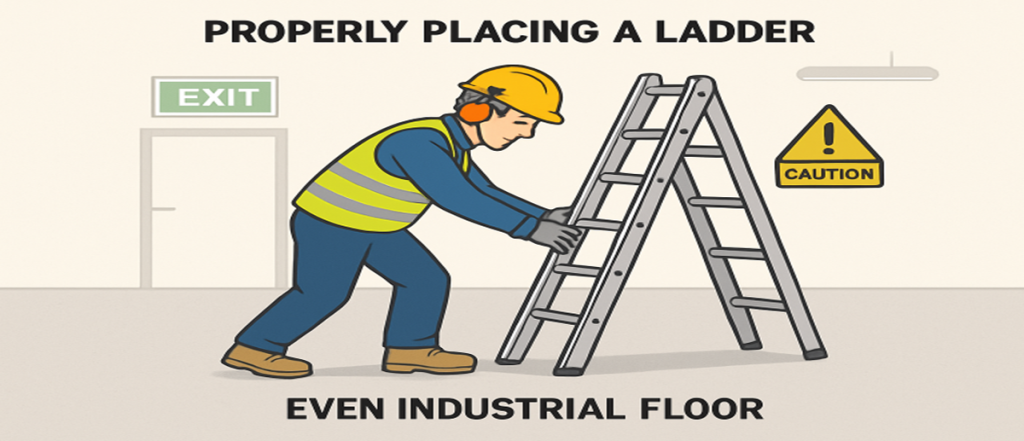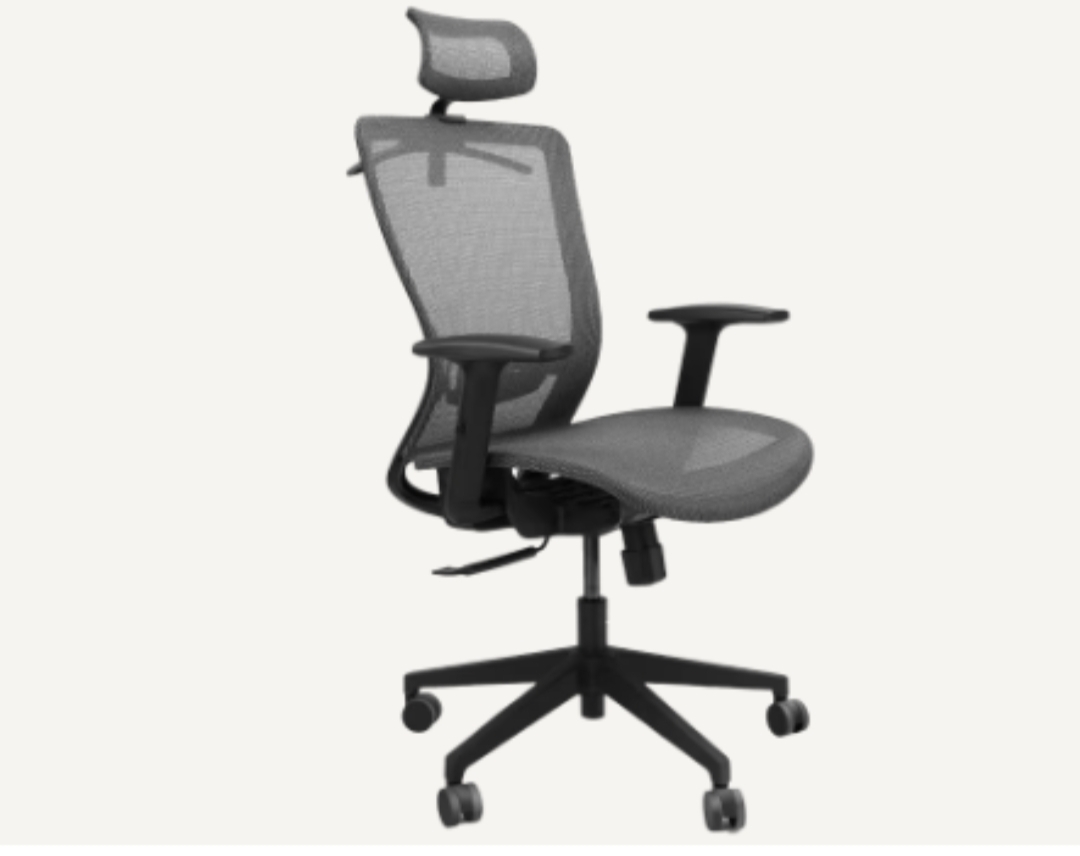Best Practices for Safe Use of Ladders in Industrial Environments

Table of Contents
- Ladder Selection
- Pre-Use Inspection
- Proper Placement
- Safe Climbing Techniques
- Load Capacity Awareness
- Environmental Considerations
- Training and Education
- Regular Maintenance
Ladder accidents remain a leading cause of workplace injuries in industrial settings. Understanding best ladder safety practices is crucial for compliance, protecting the well-being of teams, and ensuring uninterrupted productivity. Workers and organizations can significantly minimize preventable hazards by consistently applying proven safety protocols and using professionally sourced equipment from trusted vendors like Platforms and Ladders. Industries face unique challenges regarding ladder safety due to the various tasks and environments involved. Taking proactive steps before, during, and after ladder use can drastically reduce the risk of falls, helping maintain a safer workplace for everyone. Every team member, from supervisors to project staff, should be committed to following robust safety procedures and participating in ongoing safety training. Identifying risks and ensuring only trained personnel handle ladders can make a remarkable difference in accident prevention.
Ladder Selection
Selecting the correct ladder is fundamental to workplace safety. The right choice depends not only on the height required but also on the work environment and specific task. Step ladders are ideal for short-term, low-reach projects, while extension ladders are crucial for safe access to higher elevations. Choosing a ladder made from non-conductive materials such as fiberglass is also critical when working near electrical systems, minimizing the risk of electrical injuries. Ensuring the ladder’s height meets your needs without requiring overreach—one of the leading causes of falls—cannot be overstated. Making the right selection is your first line of defense.
Key Points for Selection
- Type: Match the ladder type to the nature of your task.
- Material: Opt for fiberglass near electricity; use aluminum or wood elsewhere.
- Height: Ensure adequate height to accomplish jobs safely.
Additional ladder selection guidelines are available from the Occupational Safety and Health Administration.
Pre-Use Inspection
A thorough inspection before each use is essential for preventing accidents caused by faulty equipment. Inspect ladders for visible defects like cracked rails, loose or missing rungs, bent components, and slippery substances. Examine the feet—if they are excessively worn, they can cause slips. Ladders that do not pass inspection must be taken out of service immediately. Documenting inspection results and regularly educating staff on what to look for strengthens your safety culture.
Proper Placement
Even top-of-the-line ladders can become dangerous if not placed correctly. Before climbing, always position the ladder on a stable, even surface, away from high-traffic areas. For extension ladders, adhere to the 4:1 rule: for every four feet of ladder height, the base should be set one foot away from the wall or support structure. This prevents the ladder from tipping or slipping during use and provides the optimal working angle for balance and support. Make sure the locking mechanisms or spreaders are fully engaged before stepping up.
Safe Climbing Techniques
Observing proper climbing methods is necessary to protect against falls. Maintain three points of contact at all times—either hands and one foot, or both feet and one hand should be in contact with the ladder. Always face the ladder when ascending or descending for maximum security, and keep your body centered between the side rails. Avoid carrying tools or materials in your hands; use a tool belt or have equipment hoisted after you are securely positioned.
- Never lean or overreach.
- Move the ladder as needed rather than stretching to reach a task.
- Be conscious of sudden movements that could destabilize your balance.
Load Capacity Awareness
Ladders come with specific duty ratings outlining the maximum safe load, which includes the person, their tools, and any additional materials. Exceeding this limit can cause the ladder to fail, resulting in injury. Always confirm you know the ladder’s rating and that it will be sufficient for the intended task. Overloading is a major contributor to ladder-related accidents, especially in busy industrial environments where tools and materials are frequently handled. For more information, refer to the Centers for Disease Control and Prevention.
Environmental Considerations
Ladder safety isn’t just about the equipment itself. Environmental factors—such as lighting, overhead obstructions, weather conditions, or heavy equipment in use nearby—must be managed to prevent accidents. Never use ladders in poorly lit or congested areas, and always set up warning signage if using ladders where there’s pedestrian or machine traffic. Avoid using ladders near power lines or exposed wiring unless using the appropriate non-conductive ladder. Adapting to environmental hazards as they arise protects not just the worker on the ladder, but everyone else in the area.
Training and Education
Comprehensive training is one of the strongest defenses against ladder accidents. Workers must be educated on the correct forms of usage, recognizing hazards, and procedures in an emergency. Covering these topics in initial onboarding and through regular refresher sessions ensures that best practices become second nature. Encouraging an open safety culture where team members report unsafe conditions or practices reinforces a shared responsibility for workplace safety.
Regular Maintenance
Maintaining ladders in proper working order is part of an effective safety program. Schedule periodic maintenance checks to tighten loose fasteners, clean off debris, and replace worn components. Store ladders away from direct sunlight and harsh weather to prevent deterioration. Well-maintained ladders provide safer performance and a longer operational lifespan, ensuring your investment remains effective year after year.
Implementing and maintaining these best practices helps establish a culture of safety that reduces the risk of incidents in industrial settings, ultimately safeguarding your workforce and supporting productivity.




